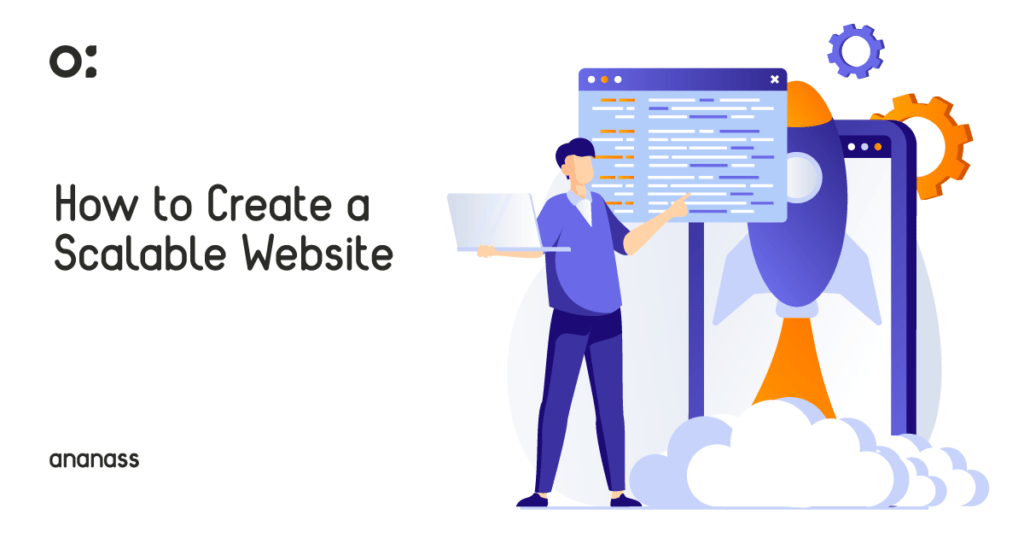
The Greatest Website Page Builders: Making Beautiful Pages Simple Having
Furthermore, whether you are building a e-commerce, portfolio, agency website, Yoga Studio, and more, creating a scalable website with Elementor is a key component to keep the performance of your website optimal and user experience. Additionally, you can use the built-in responsive design feature, clean coding and more to optimize your website for performance and scalability.

Choose a reliable hosting provider. Additionally, your hosting provider plays a crucial role in the scalability of your website. Furthermore, make sure to choose a provider that can handle the expected traffic and demand for your site.
Enable caching. Additionally, caching can help reduce the load on your server by storing commonly used data in the user’s browser. Furthermore, this can improve the speed of your website and make it more scalable.
Use a lightweight Theme. Moreover, a lightweight theme can help improve the speed and scalability of your website. Additionally, Elementor offers a range of lightweight themes that are optimized for performance and scalability.
Having a scalable website has a number of benefits for businesses, including:
Increased customer satisfaction: A scalable website can handle an increasing amount of traffic and user demand, which means that your customers will be able to access your site quickly and easily, even during peak traffic times. This can improve customer satisfaction and encourage repeat visits.
Increased revenue potential: A scalable website can handle more traffic and users, which means that you can potentially increase your revenue by attracting more customers. This is particularly important for businesses that expect to grow and expand in the future.
Improved search engine rankings: Google and other search engines favor websites that are fast-loading and available. By having a scalable website, you can improve your search engine rankings and increase the visibility of your site.
There are a few common scalability issues that businesses should be aware of when creating a website with Elementor:
Not optimizing images and other media: Large images and videos can slow down your website and impact its scalability. Make sure to optimize these files before uploading them to your site.
Not enabling caching: Caching can help reduce the load on your server and improve the speed and scalability of your website. Make sure to enable caching to get the most out of your website.
A scalable website has numerous benefits, including increased customer satisfaction, greater brand credibility, increased revenue potential, and improved search engine rankings. Avoid common scalability issues by using a reliable hosting provider, optimizing images and other media, using a CDN, enabling caching, and choosing a lightweight theme.

Author

The Greatest Website Page Builders: Making Beautiful Pages Simple Having

Top 10 Web Hosting Providers: Your Ultimate Guide to Finding
Ananass offers professional web design services for businesses, delivering visually stunning and user-friendly websites. Whether it’s a new project or a revamp, our experienced team is dedicated to fulfilling your specific requirements. We believe in open communication and collaborative partnerships. For technical support, inquiries, or discussing your project ideas, our responsive and knowledgeable staff is committed to providing prompt and reliable assistance. Contact us today and let’s embark on a successful web design journey together.
Nous sommes ravis de vous accompagner dans la création de votre site web.